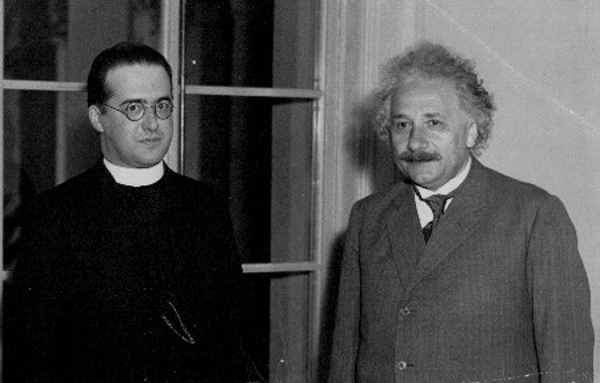The James Watt Telescope recently sent back images to earth that captured the universe as it was 13 billion years ago, not far off the moment when the universe was formed by the event known as ‘the Big Bang’.
Not many people know that the theory of the Big Bang was developed by a modest Belgian priest called Georges Lemaître who taught at Leuven university. Published in 1931, Lemaître called it the Primeval Atom Hypothesis, but it soon became the Big Bang Theory.
Albert Einstein initially rejected the idea when it was proposed. Then he changed his mind. Lemaître had cracked the old question of how time and space began, 13.8 billion years ago.
The city of Leuven recently came up with an imaginative way to recognise Lemaître’s bold theory. It commissioned the French artist Félicie d’Estienne d’Orves to create an artwork titled Primeval Atom.
The artist plotted out a two-kilometre walk across the city with small brass studs set in the pavement to represent different galaxies. Every step you take represents roughly 10 million years in the evolution of the universe. By the time you reach the city ring road, you are close to the beginning of time and space.
Derek Blyth’s hidden secret of the day: Derek Blyth is the author of the bestselling “The 500 Hidden Secrets of Belgium”. He picks out one of his favourite hidden secrets for The Brussels Times every day.








































